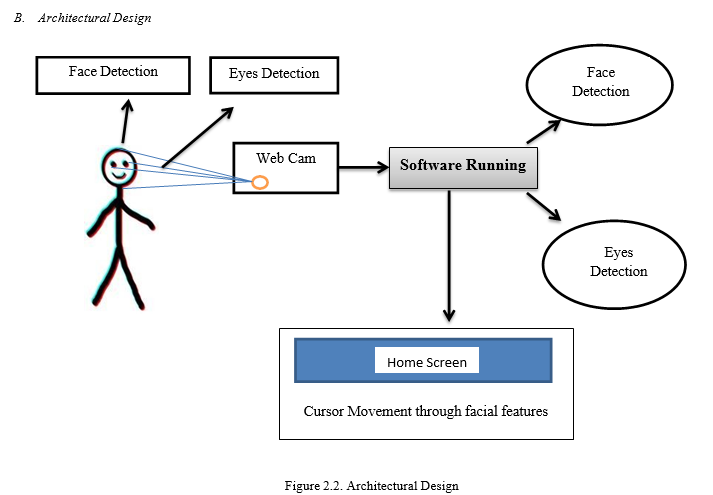Eye controlled mouse
The vision-based interface technique extracts motion information without any high cost equipments from an input video image.
Price : 8000
The vision-based interface technique extracts motion information without any high cost equipments from an input video image.
Price : 8000
.svg)
A high number of people, affected with neuro-locomotor disabilities or those paralyzed by injury cannot use computers for basic tasks such as sending or receiving messages, browsing the internet, watch their favorite TV show or movies. Through a previous research study, it was concluded that eyes are an excellent candidate for ubiquitous computing since they move anyway during interaction with computing machinery. Using this underlying information from eye movements could allow bringing the use of computers back to such patients. For this purpose, we propose an imouse gesture control system which is completely operated by human eyes only. The purpose of this work is to design an open-source generic eye-gesture control system that can effectively track eye-movements and enable the user to perform actions mapped to specific eye movements/gestures by using computer webcam. It detects the pupil from the user’s face and then tracks its movements. It needs to be accurate in real-time so that the user is able to use it like other every-day devices with comfort.
Our Project performs the following functions or actions which are as follows.

The works may be enhanced to boost the system's speed by using better-trained models. Furthermore, the computer may be made more dynamic by making the pointer position change proportionate to the degree of rotation of the user's head, allowing the user to choose how quickly the cursor position changes. Given that the range of values is a function of the aspect ratios, which are typically minuscule, future research might focus on enhancing the ratio's precision. As a result, it's possible that some adjustments to the formulae for the aspect ratios used will be required to increase the algorithm's detection accuracy.